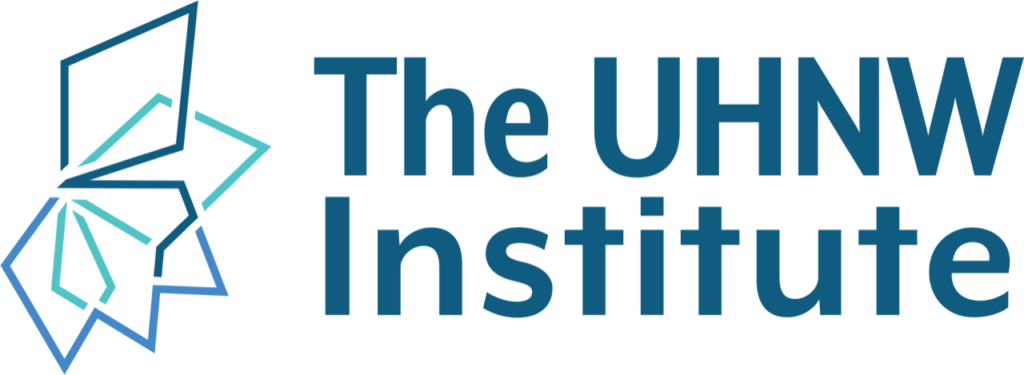An advisory role that emphasizes developing a central position of trust and influence with the client.
The concept of “trusted advisor” was developed in the late 1990s – early 2000s era of financial planning and wealth management by several prominent advisors as an outgrowth of the life planning movement. First outlined in the book The Trusted Advisor (2000), it was expanded upon in several subsequent books and articles. The role of a trusted advisor emphasizes achieving “first call” status where a client chooses the trusted advisor as the initial point of contact and problem-solving for most issues that arise. This position reflects the level of trust and confidence the client has in the advisor above other advisors the client may have.
Maister, Green, and Galford, authors of The Trusted Advisor, described three core skills for the role: being able to earn and deserve the client’s trust, being able to give advice based not only on rational problem-solving but also a sensitive understanding of the client’s entire situation, and the ability to build a thoughtful considerate relationship with the client. They advocated for a variety of empathic client relationship skills that foster a strong bond.
Over time, the concept of achieving “trusted advisor” status has become associated with achieving gatekeeping status over all other advisory relationships the client may have – a financially and relationally powerful position. It endows the trusted advisor with discretion over how problems are solved, who else gets to work with the client, and what the client may access for alternative resources. Jockeying for position as the client’s trusted advisor can impact the degree to which advisors are protective of the client relationship, supporting or impeding collaboration and integration efforts by other advisors of the client. Also, as the complexity of wealth at the UHNW level has continued to advance, a single trusted advisor may no longer be able to understand, offer, or coordinate the many domains of family wealth. The role of the trusted advisor may therefore be transitioning to the role of the “trusted team” as a more effective method of serving a modern client family of significant means.
See Also: Trusted team
Anthony, Mitch. Your Clients for Life: The Definitive Guide to Becoming a Successful Financial Planner. 2nd Edition. Kaplan Publishing, 2005.
Scott Budge. The New Financial Advisor: Strategies for Successful Family Wealth Management. John Wiley & Sons Inc, 2008.
Maister, David H., Robert Galbord, and Charles Green. “How to Create Trust-Based Relationships with Your Clients.” Soundview Executive Book Summaries, March, 2001. https://www.summary.com/book-summary/the-trusted-advisor/
Maister, David H., Robert Galbord, and Charles Green. The Trusted Advisor. Free Press, 2000.

